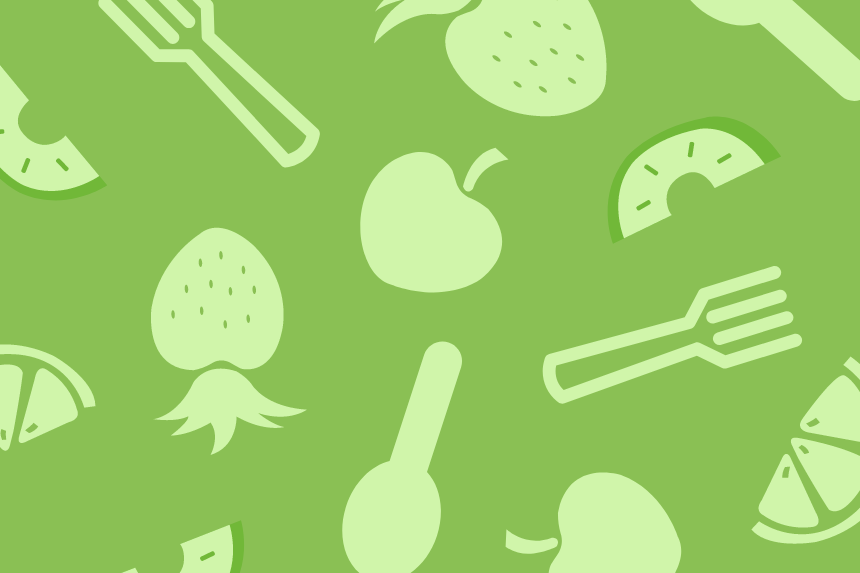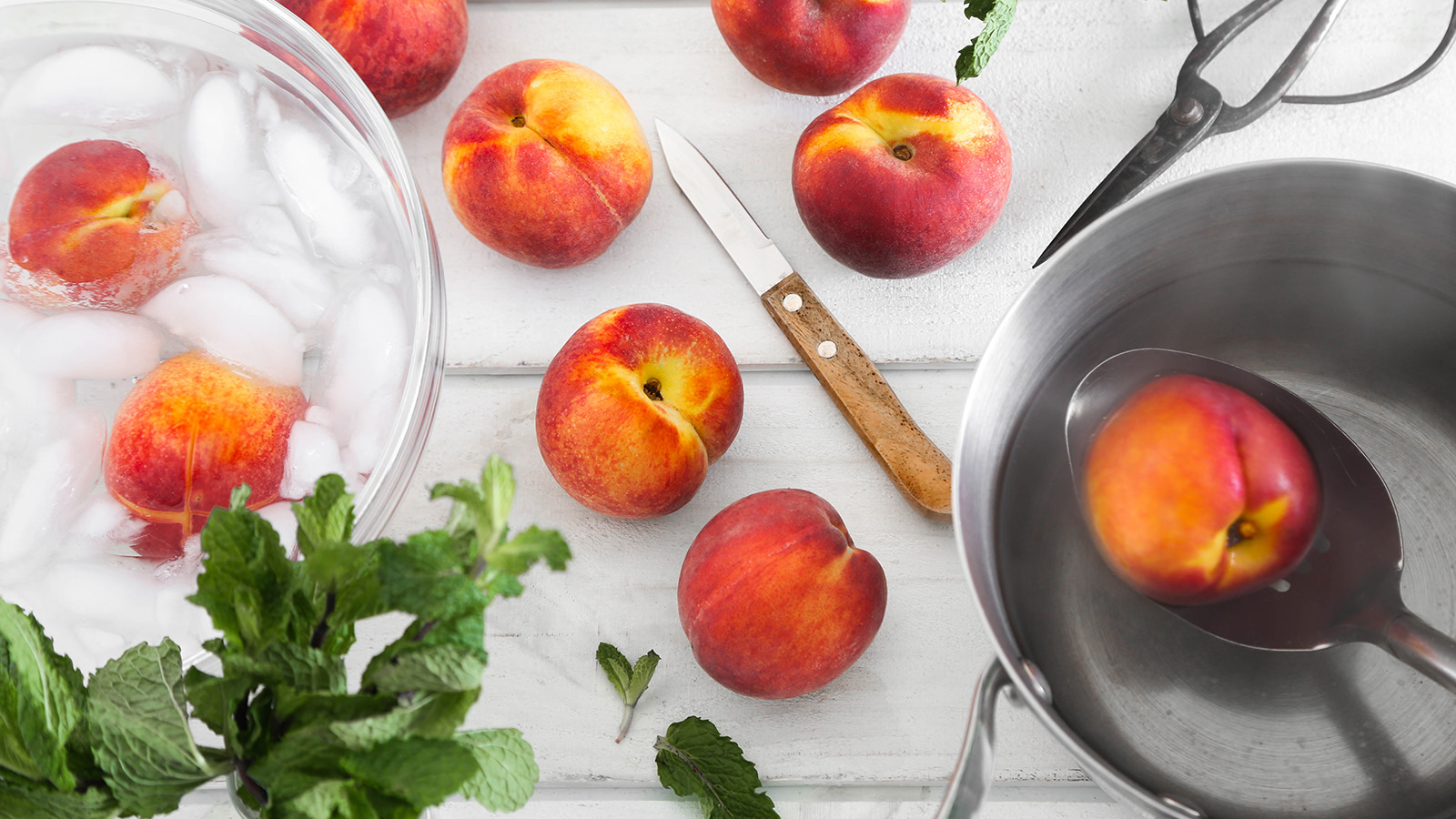Vanilla-Hazelnut Cheesecake

- Ready In:
- 3hrs 25mins
- Ingredients:
- 10
- Serves:
-
10-12
ingredients
- 2 cups low-fat small-curd cottage cheese (2%)
- 1 cup sugar
- 3 tablespoons sugar
- 1 tablespoon water
- 2 tablespoons toasted toasted skinned and chopped hazelnuts
- 8 ounces neufchatel cheese
- 1 vanilla beans, split or 1 tablespoon pure vanilla extract
- 3 large eggs
- 1⁄4 teaspoon salt
- 3 -4 tablespoons crushed hazelnut biscotti (I used graham crackers) or 3 -4 tablespoons graham crackers (I used graham crackers)
directions
- Draining the Cheese.
- Set a strainer over a bowl and spoon the cottage cheese into it. Cover the set-up with plastic wrap and refrigerate for at least all hour or until the excess moisture has drained out of the Cheese.
- Line a baking sheet with parchment paper and set aside.
- Making the Hazelnut Paste.
- While the cheese is draining, stir 3 tablespoons of - the sugar and the water together in a small saucepan. Cover the pan, set it over medium heat, and bring to a simmer. Remove the cover, dip a pastry brush into cold water, and wash down any sugar crystals that may have formed on the sides of the pan. Keep the pan uncovered and continue to cook the sugar until it turns very pale yellow--drop a little on a white plate to test the color. Add the chopped hazelnuts to the pan and stir gently with a small wooden spoon or a chopstick just until the nuts are coated with syrup. Swirl the pan carefully and continue to cook until the syrup tests medium amber on a white plate. Immediately turn out the caramelized nuts onto the parchment-lined baking sheet. Set the caramel aside to cool and harden. Break the caramel into pieces and process to a paste in a food processor. Scrape the paste into a small bowl, cover, and set aside.
- Position a rack in the lower third of the oven and preheat the oven to 350ºF Line a 2-inch-high 8-inch round cake pan with a parchment paper circle and coat the sides of the pan lightly with vegetable oil spray. Put a kettle of water on to boil and set aside a roasting pan that will hold the cake pan and about an inch of boiling water.
- MAKING THE BATTER.
- Spoon the drained cottage cheese into the work bowl of a food processor fitted with the metal blade and process for 2 to 3 minutes scraping down the sides as needed. Don't try to cut the processing time short-you need this time to make the cottage cheese silken. Leave the cheese in the processor while you prepare the rest of the batter's ingredients.
- Soften the Neufchatel cheese by either warming it gently in the top of a double boiler or heating it in a microwave oven for about 30 seconds; stir until smooth. Put the Neufchatel cheese into the work bowl along with the soft, pulpy seeds from the vanilla bean (just scrape them out of the pod with the point of a small knife) or the vanilla extract. Add the eggs, the remaining I cup sugar, and the salt and Pulse just Until the mixture is smooth, scraping down the sides of the bowl a couple times during the process. Don't overdo it, or you'll have a thin batter.
- Measure out 1 cup batter and gradually add it to the hazelnut paste, mixing well. Pour the remaining batter into the prepared pan. Drop 10 spoonfuls of the hazelnut batter randomly over the vanilla batter. Dip a table knife into tile pan and swirl the two batters to create a marbled pattern-take care not to overmix, or you'll end up blending, not marbleizing, the batters.
- Put the cake pan into the roasting pan, open the oven, slide out the lower rack, and place the pan on it. Pour boiling water into the roasting pan until it comes about 1 inch up the sides of the cake pan and then very carefully slide the oven rack back into position, taking care not to let any water slosh onto the cake. Bake for 40 to 45 minutes, until the cake has risen slightly and is just beginning to come away from the sides of the pan. Remove tile cake from its water bath and put it on a rack to cool to room temperature. or for as long as 2 days.
- When completely cool, cover and chill for at least 24 hours, Or for as long as 2 days.
- UNMOLDING THE CAKE.
- To unmold the cake, run a thin metal spatula around the edges. Cover the pan tightly with plastic wrap, place a flat plate or a cardboard cake round against the plastic, and invert the cake and plate. Rap the pan lightly to release the cake-you'll feel it fall against the plate-then remove the pan and peel away the paper. Put a serving plate or cardboard cake circle on the cake and carefully turn the cake so that it is right side up on the circle. Remove the plastic wrap and press the crumbs around the sides of the cake. Cut the cake using a long sharp knife, dipping it into hot water and wiping it dry between cuts.
- STORING.
- The cake will keep for 2 days in the refrigerator, covered with plastic wrap.
Questions & Replies
Got a question?
Share it with the community!
Reviews
Have any thoughts about this recipe?
Share it with the community!
RECIPE SUBMITTED BY
spatchcock
United States
bok bok, bok bok bok bok.




